Here’s Your Ultimate Wine Guide: Types of Wine, Pairing, and Lingo

Have you ever been in a group of wine lovers and felt like a complete chump reading over the wine menu, not sure of what to order, how to order it or what fancy tactic to use while doing so?
If you want to gain a better understanding of wine – the types, the flavors, the lingo – this article will teach you everything you need to know to feel confident about ordering, pairing, and tasting wine. So raise your glass and let’s get into it!
Common White Wine Types:
Sparkling Wine: Champagne, Prosecco
Light-Bodied White: Pinot Grigio, Sauvignon Blanc
Full-Bodied White: Chardonnay, Viognier
Sweet White: Riesling, Rosé
Common Red Wine Types:
Light-Bodied Red: Pinot Noir
Full-Bodied Red: Cabernet Sauvignon, Merlot, Malbec
Sweet Red / Dessert Wine: Port
Key Wine Terms You Should Know:
There are a handful of wine terms that will help you order wine, ask questions, or understand what you’re drinking during a wine tasting or reading on a wine label.
Acidity: This refers to a tart flavor in the wine resulting from the acidity levels in the grapes the wine is made from.
Aroma: This refers to the smell of the wine.
Astringency: Astringency is another way to describe dryness, typically resulting from high tannins or polyphenols (from the grape’s skin and/or stems).
Body: This is a word used to describe the way the wine feels on your palette and in your mouth. Full-bodied wines (e.g. Cabernet Sauvignon) are more robust, as opposed to light-bodied wines (e.g. Riesling) which are more mild.
Bouquet: This term is closely associated to the term “aroma” and is essentially the smell of the wine.
Decant (or decanter): To decant is to pour the wine (or any liquid) from one container to another. In the wine world, many people use a decanter. Simply pour the wine from the bottle into the decanter (typically a glass container). This allows oxygen to enter the wine and bring out the flavor and aroma.
Dry: “Dry” refers to the flavor of the wine that is a result of high tannins and is the opposite of sweet. The grapes and the fermentation process will determine the dryness of the wine in question.
Finish: (noun) The finish is basically the “aftertaste.” This is how the wine flavor sits on your palate after you’ve swallowed it or spit it out.
Oakiness: This refers to a literally “oaky” taste that is due to a fermentation or aging process in an oak barrel or with oak chips. Often times this oakiness can be recognized in a taste profile, which indicates the fermentation process of the wine.
Oxygenate: To oxygenate wine means to expose it to oxygen (by decanting it or swirling it in your glass.) This process transforms the wine’s flavor because the flavor is not fully showcased and completely different before being exposed to oxygen.
Sommelier: This is the person in the restaurant that is your go-to wine expert. The sommelier is your wine steward – they pour and provide the details of each wine.
Tannins: Tannins are polyphenols, which come from the stems and skins of the grapes. If a wine is “high in tannins,” it will have a dryer taste. If it is “low in tannins,” it will lack dryness in the flavor and may be more sweet.

Wine and Food Pairings:
You may notice that when you go to a nice restaurant, the waiter or sommelier will offer or recommend the wines based on the dishes you order. Let’s take a look at a variety of common pairings based on general consensus.
Some may disagree with these pairings, but that’s why this experience is so great. Experiment with the flavors, take the recommendation of your waiter or sommelier, try it and see if you like it. If you don’t, try something else.
Sparkling Wine (Champagne, Prosecco)
Pairs well with fish, aged cheese, or dessert.
Light-Bodied White (Pinot Grigio, Sauvignon Blanc)
Pairs well with a great salad, roasted vegetables, or a yummy dessert.
Full-Bodied White (Chardonnay, Viognier)
Pairs well with brie cheese, shellfish, or chicken.
Sweet White (Riesling, Rosé)
Pairs well with aged cheese, desserts, cured meats.
Light-Bodied Red (Pinot Noir)
Pairs well with seafood dishes, chicken dishes, sauteed or roasted veggies.
Full-Bodied Red (Cabernet Sauvignon, Merlot, Malbec)
Pairs well with red meat, cured meats, red meat pasta dishes and aged/hard cheeses.
Sweet Red (Port)
Pairs well with desserts, mild/soft cheeses and cured meats.
How to Wine Taste Like a Pro:
You may find that in a restaurant the sommelier will allow you to taste the wine before pouring for the table. In this case, there are a few simple steps to taste like a pro:
1. Look at what you’re about to drink. Notice the color, the color of the wine typically indicates the type of grape used to make it.
2. Swirl the wine in the glass. This allows the wine to “breathe” or oxygenate, allowing the flavors of the wine to really come out.
3. Smell the wine. Now that you have swirled the wine in the glass, allowing the flavor and aroma to release, stick your nose either in the glass or close to the rim of the glass and smell what you are about to drink. Notice the way it smells.
4. Take a small sip from the glass. Allow air to reach your tongue during or after your sip to really release the flavor of the wine onto your palate. Notice the different flavors within the wine – does it have an acidic flavor, a fruity flavor, etc? Also recognize the “finish” – how long does the taste linger on your palate?
5. And finally- what did you think? Did you like it? Did you hate it? Share your feedback with your waiter, your sommelier or your company, discuss the flavor profile and how you liked it. This is part of the fun.
Now It’s Time to Experience Different Types of Wine and Put Your Wine Knowledge to the Test!
There you have it! Everything you need to know about wine in a nutshell. Don’t let wine knowledge seem intimidating or daunting. Armed with a few important wine terms and knowledge of what types of wine pair best with which dish, you’ll be ready to order, taste, and drink wine like a pro.
Cheers to good wine!


This Month's Letter
From the Editor
Monthly motivation and food for
thought from our founder.


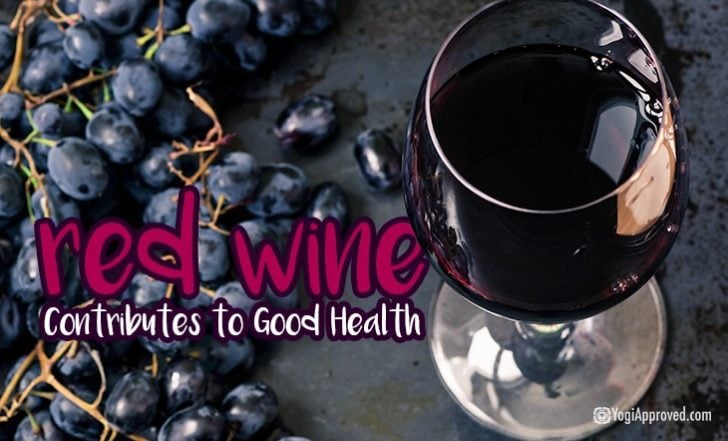
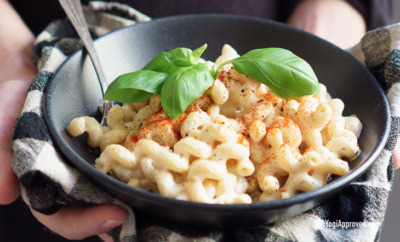


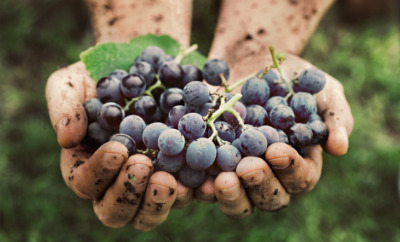
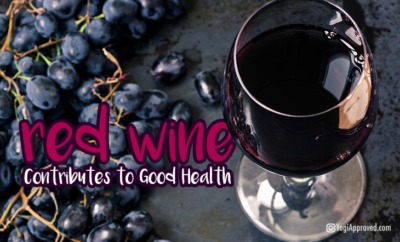
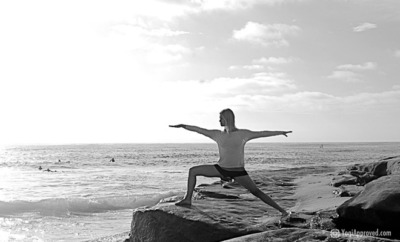





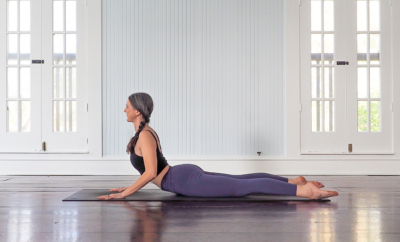
















Comments